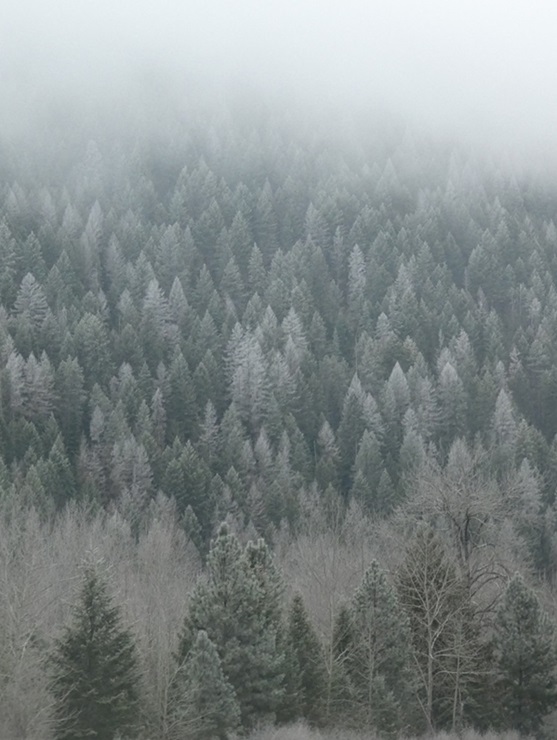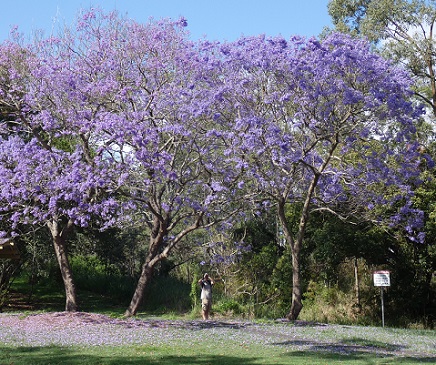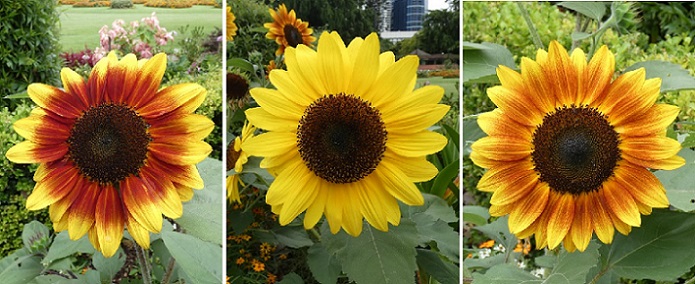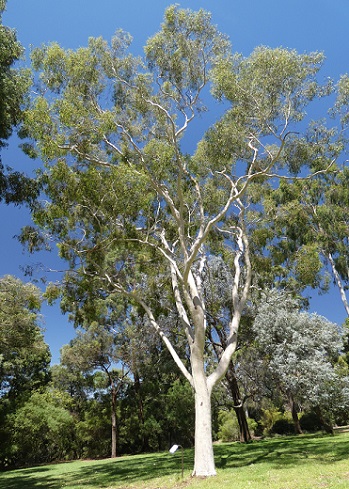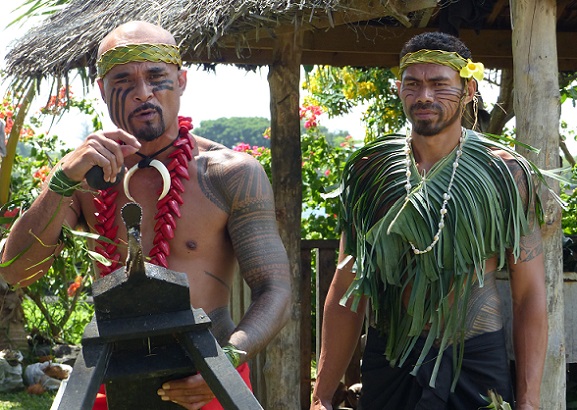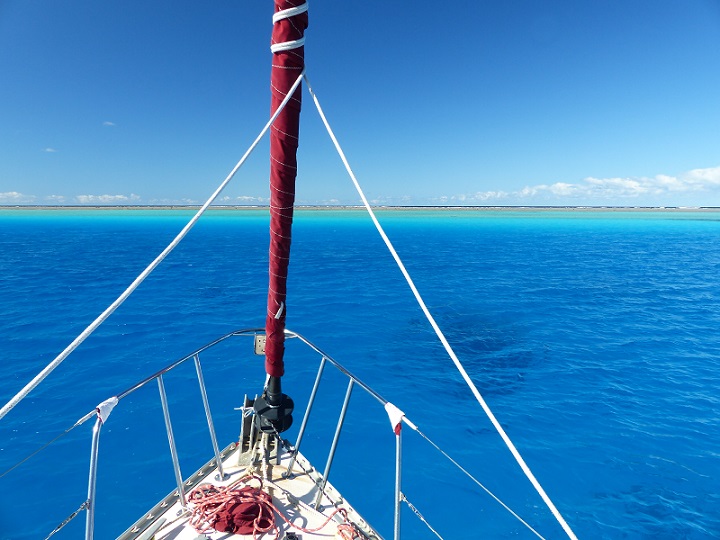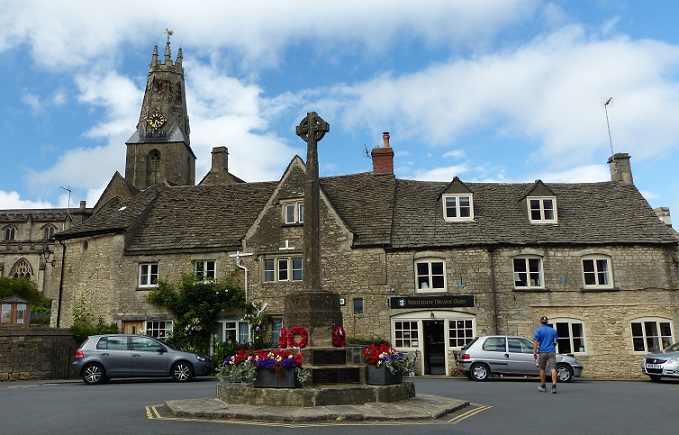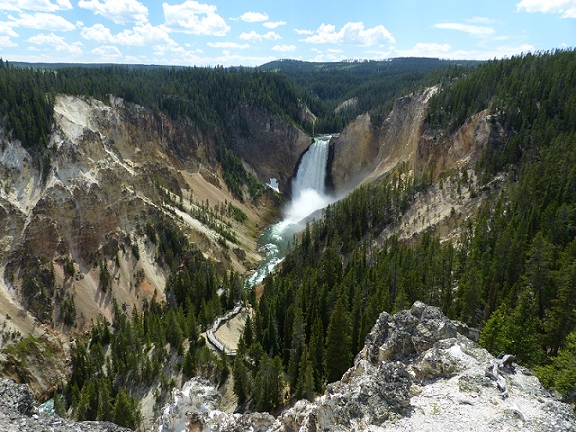
Tregoning
12 April 2024 | We are back aboard Tregoning in Mersin Marina, Mersin, Türkiye
02 April 2024 | We are in Toronto Airport, Canada: Tregoning is in Mersin Marina, Mersin, Türkiye
25 February 2024 | We are back in Gainesville, FL: Tregoning is in Mersin Marina, Mersin, Türkiye
18 February 2024 | We are in Glenwood, New Mexico: Tregoning is in Mersin Marina, Mersin, Türkiye
12 February 2024 | We are in Morro Bay, California: Tregoning is in Mersin Marina, Mersin, Türkiye
19 January 2024 | We are in Vancouver, BC Canada: Tregoning is in Mersin Marina, Mersin, Türkiye
01 January 2024 | We are in Washington State: Tregoning is in Mersin Marina, Mersin, Türkiye
15 December 2023 | We are in Minnesota: Tregoning is in Mersin Marina, Mersin, Türkiye
18 November 2023 | We are in Florida: Tregoning is in Mersin Marina, Mersin, Türkiye
29 October 2023 | We're in Florida - Tregoning is at B-dock, Mersin Marina, Mersin, Türkiye
21 October 2023 | 7 Oda Kapadokya Cave Hotel, Ürgüp, Türkiye
14 October 2023 | Hotel Aşikoğlu, Boğazkale, Türkiye
07 October 2023 | B-dock, Mersin Marina, Mersin, Türkiye
19 September 2023 | “Chez Jon & Angela”, Near Otterton, Devon, UK
14 September 2023 | Airbnb in Fortuneswell on the Isle of Portland, Dorset, UK
11 September 2023 | With Mike, Grange-over-Sands, Cumbria, UK
03 September 2023 | Ardington House, Ardington, Oxfordshire, UK
24 August 2023 | Near "Chez Joan and Peter", College of Roseisle, Moray, Scotland
11 August 2023 | Andrew's house (not exactly), Lichfield, UK
22 July 2023 | Chez Gail, near the New York Café, Budapest, Hungary
Winds to test the anchors
09 March 2017 | Akapoua Bay of Port Fitzroy on Great Barrier Island, New Zealand
Photo: Randall and the dinghy fend off a sailing boat that dragged its anchor past Tregoning

There were two reasons why it was just as well that we did not intend to climb Hirakimata (Mt. Hobson) on Tuesday (March 7th). One was because the peak was topped with clouds all day. Luckily, this did not affect our alternate hiking plans because most of our walk through Glenfern Sanctuary was under the tree canopy, in the "bush".
Across the small bay from Port Fitzroy village, the land for the private Glenfern Sanctuary and guest houses was purchased in 1994 by Tony Bouzaid to protect the Kotuku Headland from development, forestry, and predators. The land had been farmed and heavily logged so he planted more than 10,000 native trees from local sources, and placed 70% of the land under a Queen Elizabeth II covenant to protect the native bush. A 2 km-long predator-proof fence was built in 2008 to isolate the end of the peninsula and the following year an intensive pest eradication program was established. Ongoing pest control (mostly rats) is necessary to deal with animals that go around the ends of the fence at very low tides. The absence of brush-tailed possums had allowed the native vegetation to flourish in a density rarely seen on the mainland, and the removal of predators had allowed the establishment of four rare and endangered species, the Cook's petrel, black petrels, pateke (the brown teal) and chevron skinks.
Bouzaid established a couple of walkways through the sanctuary to allow the public to experience the restored bush but, sadly, the longer trail was closed due to storm damage. He also developed an attractive group of quaint, white, wooden buildings to accommodate visitors. These guest houses, along with donations from hikers and the grazing of a few sheep and cattle on the remaining pastures, were the main source of income for the sanctuary which was privately run. However, we learned from one of the current caretakers that the Auckland Council had just taken-over the sanctuary so it will be interesting to see if that changes the priorities and funding for the facility.
We had left the dinghy at the sanctuary's dock and walked up a pretty woodland path to the guest houses, accompanied by the calls and sight of our beloved tuis and the large, green, purple, and white New Zealand pigeons. On leaving the office/visitor center, the Glenfern Walkway wound up a small valley where we found a pateke dabbling in the stream (it was a much darker brown than the one we had seen the previous day). Near the top of the valley, was a short detour to the Kauri Tree. By now we are pretty familiar with these huge trees and it was going to take something special to get us very excited. Well, this one was indeed special. A narrow swinging bridge had been suspended between the path and the canopy of the large tree, which spread high and wide over the surrounding vegetation. On reaching the tree, there was a short ladder up to a platform allowing one to move around the kauri's trunk and look out through its canopy, over the lush green valley that had just been ascended.

Alison on the swing bridge returning from the canopy of the kauri tree
It really was a marvelous experience and made all the more satisfying for us when a pair of kaka parrots squawked and flew from one treetop to another. We had seen these large (45 cm or 18 inch-long) endemic, forest parrots in the South Island (during our hike with Andrew and Judith on Key Summit near Milford Sound) but the populations associate with the South and North Islands are separate subspecies. Kaka need large tracts of forest to survive and the females and young are susceptible to predators in their tree-hole nests so they are much less widespread than they used to be. Predator-free sanctuaries and islands are important habitats for them. We had heard parrots from Tregoning and seen some silhouetted against the early morning sky but with our binoculars from the kauri canopy, we could clearly see their olive brown backs, golden cheeks, deep crimson belly, and long, robust bills.
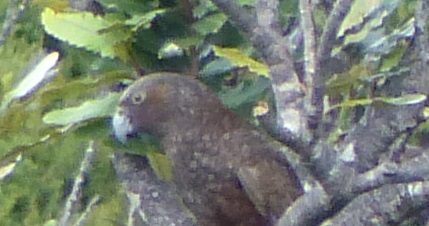
North Island subspecies of kaka parrot seen from the kauri canopy at Glenfern Sanctuary
Unfortunately, we did not see the burrows that have been built to encourage the Cook's and black petrels to nest, as these were along a ridge on the closed trail. When the burrows were first dug (after the predators had been removed), recordings of the petrels' calls had been played to encourage curious birds to visit the site, and there are now at least five nesting pairs. We did, however, see another uncommon native bird, the banded rail. Most often seen in salt marshes, mangroves, and freshwater swamps, we were rather surprised to find them scurrying around the edges of the lawns below the guest houses. At first we assumed that these were diminutive wekas (the large flightless bird we saw several times around campsites on the South Island) but the sanctuary's signs clearly described these banded rails and their local behavior, so that was immensely helpful and satisfying.
The apex of the Glenfern Walkway was emerging from the bush to a hilltop overlooking Port Fitzroy Harbour to the east and Port Abercrombie to the west. Capped by Sunset Rock, on which there is a bronze hat and touching memorial to Tony Bouzaid, the views were just fabulous despite the cloudy crown sitting on top of Hirakimata. We could see Tregoning waiting patiently in the anchorage and noted that a smaller sailboat appeared to have anchored not very far in front of her.
Luckily, we did not dawdle too much on our walk down through the pastures, passing by the pond with more brown teal, and leaving a donation at the sanctuary office. Fortunately, I resisted the temptation to visit the village shop to get another ice-cream or stock-up with chocolate for the forecast period of high winds and rain. Instead, we went straight back to Tregoning and were quite irritated by how close the boat SV Pastiche had anchored in front of us.
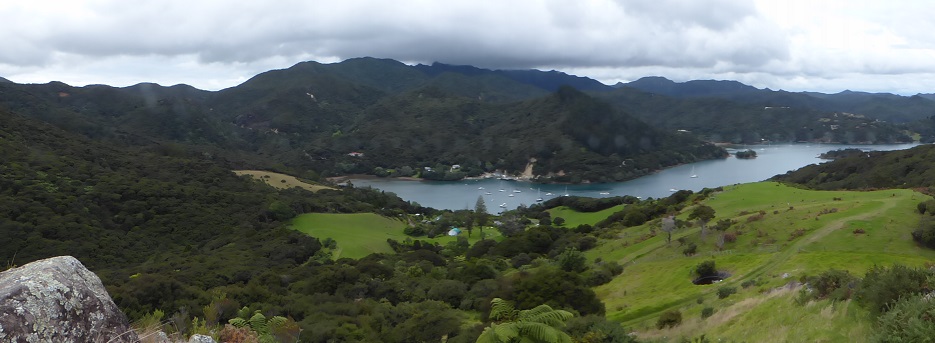
Port Fitzroy Harbour seen from Sunset Rock in Glenfern Sanctuary; Tregoning's anchorage is to the far right
A small rowing dinghy was floating off the stern, so we knocked on the hull to see if anyone was home. The cabin was open but empty. Standing on Tregoning's deck looking to see if a likely owner was visiting another boat or was visible onshore, I realized that in the steady breeze, Pastiche was getting closer and closer, dragging its anchor right onto Tregoning.
Returning to our dinghy, I boarded Pastiche to make sure that no one was aboard and soundly asleep or stricken but it was clearly deserted. So while Randall gallantly used our dinghy to hold the boats apart, I returned to Tregoning and put out calls on the VHF radio to alert Pastiche's owners, or anyone who knew them, that they needed to return immediately as their boat was clearly dragging its anchor. It is easy to suggest that boats bumping gently at anchor do little damage to each other, but in a stiffening breeze with one boat scraping down the side of another, the paintwork damage can been significant. More seriously, if a protruding item from one boat snags a rail or stanchion from the other boat, then not only can items be torn-off, but the boats can be held together and start slamming into each other as the wind and waves keep the boats in motion.
Fortunately for us, Pastiche was dragging through the water quickly enough that it after about 15 minutes, it was past Tregoning and no longer a threat to her. However, with no sign of anyone coming to claim their boat and no obvious way to improve its anchor-holding, we now felt responsible to stop the boat dragging all the way to the rocky shoreline across the small bay. So with some effort, we used our dinghy to tie a long rope from Pastiche's bow to Tregoning's stern and hoped that our anchor was holding well enough to support both boats in the freshening breeze.
During this operation, the captain of a catamaran who had heard my radio message, motored by and asked if we needed help. They knew that Pastiche's owners were at an event ashore and were finally able to contact them by cellphone. About 30 minutes later a rather sheepish but grateful Aucklander came out in a borrowed dinghy and rescued his boat. He assured us that he had set the anchor well but that there was junk on the bottom of the bay. Once aboard his boat and having released our line, we were relieved that he took Pastiche up into the Rarohara Bay (by Port Fitzroy Village) and out of our area. Randall had half-jokingly told the catamaran captain that he hoped that our boat-rescue would earn him at least a beer. We had been generously given a bag of snacks and a bottle of wine by the owners of the small catamaran that we had rescued in Fernandina Beach early in 2009, so we had a precedent for expecting some reward. However, once Pastiche had left our bay, we saw its crew no more and the weather stopped us from going ashore again on Aotea.
While it had all worked out well, the incident did not improve my confidence about the upcoming gale. I was now not only wondering about whether any other boats would drag towards us but I had not needed to hear that the bottom was anything but good holding for our anchor. In case Pastiche's anchor had snagged and dragged our anchor or chain, we reset our anchor, which held firmly, and settled down to a blustery night. The steep hills and valleys all over Great Barrier Island, make the anchorages prone to strong gusts of wind that are funneled down the very valleys that create the shallow bays suitable for anchoring.
After lying awake in our stern berth listening to Wendy (our wind turbine) howling periodically, I decided to go up to the cockpit. Even in the dark, I feel much better if I can see what is going on in bad weather, so I ended up sleeping in the cockpit. Out of the wind it was not particularly cold so I actually slept quite well. If a strong gust woke me up, I could peer to the southeast and as long as I could see a strip of sky below the Bimini and over the top if the hill behind us, I knew that we had not moved any closer to the shore, which was reassuring. I could also see the lights from neighboring boats and assure myself that they were not getting any closer.
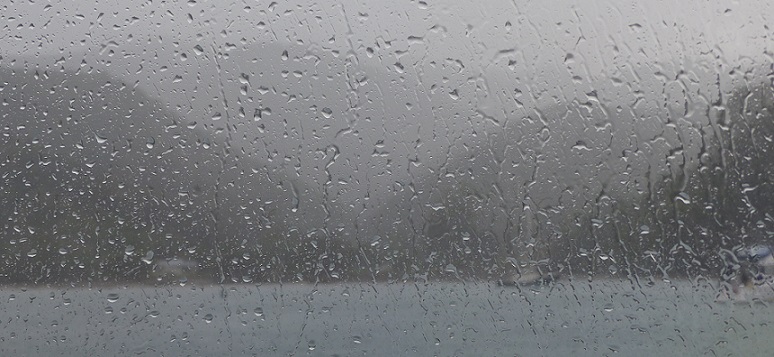
Looking through the wet Bimini windows to the rain-shrouded valley at the head of Akapoua Bay
The following day was even windier and there was plenty of rain, so we were not going anywhere. There were about a dozen other boats in our anchorage and while a few moved to and from other sites, there were no signs that we or any other boats were dragging their anchors. That night, having more faith in the anchor-holding in our bay, I slept below decks but in the salon because Wendy's wails in the strongest gusts were still too disturbing in our aft cabin. On a calm night, it can be useful when Wendy awakes me during a sudden squall to alert us to the change in wind and a need to check our position, but after 48 hours of very gusty weather, I was ready for the relatively quiet conditions of the salon.
While we only take periodic, instantaneous wind-speed measurements and did not happened to see anything higher than 33 knots, on Thursday morning we had a text from Devocean in the adjacent bay to say that on their continuously recording wind-vane, they had seen a gust of 51 knots (59 mph or 94 kph) which we could easily believe. It takes a little while to get use to the noise and motion of Tregoning at anchor in windy conditions and after our long hiatus from this, I chose to view these rather disturbed nights as a good opportunity to reacquaint myself with it all and hoping that my level anxiety would be dialed-down a notch or two during the next gale.
Across the small bay from Port Fitzroy village, the land for the private Glenfern Sanctuary and guest houses was purchased in 1994 by Tony Bouzaid to protect the Kotuku Headland from development, forestry, and predators. The land had been farmed and heavily logged so he planted more than 10,000 native trees from local sources, and placed 70% of the land under a Queen Elizabeth II covenant to protect the native bush. A 2 km-long predator-proof fence was built in 2008 to isolate the end of the peninsula and the following year an intensive pest eradication program was established. Ongoing pest control (mostly rats) is necessary to deal with animals that go around the ends of the fence at very low tides. The absence of brush-tailed possums had allowed the native vegetation to flourish in a density rarely seen on the mainland, and the removal of predators had allowed the establishment of four rare and endangered species, the Cook's petrel, black petrels, pateke (the brown teal) and chevron skinks.
Bouzaid established a couple of walkways through the sanctuary to allow the public to experience the restored bush but, sadly, the longer trail was closed due to storm damage. He also developed an attractive group of quaint, white, wooden buildings to accommodate visitors. These guest houses, along with donations from hikers and the grazing of a few sheep and cattle on the remaining pastures, were the main source of income for the sanctuary which was privately run. However, we learned from one of the current caretakers that the Auckland Council had just taken-over the sanctuary so it will be interesting to see if that changes the priorities and funding for the facility.
We had left the dinghy at the sanctuary's dock and walked up a pretty woodland path to the guest houses, accompanied by the calls and sight of our beloved tuis and the large, green, purple, and white New Zealand pigeons. On leaving the office/visitor center, the Glenfern Walkway wound up a small valley where we found a pateke dabbling in the stream (it was a much darker brown than the one we had seen the previous day). Near the top of the valley, was a short detour to the Kauri Tree. By now we are pretty familiar with these huge trees and it was going to take something special to get us very excited. Well, this one was indeed special. A narrow swinging bridge had been suspended between the path and the canopy of the large tree, which spread high and wide over the surrounding vegetation. On reaching the tree, there was a short ladder up to a platform allowing one to move around the kauri's trunk and look out through its canopy, over the lush green valley that had just been ascended.

Alison on the swing bridge returning from the canopy of the kauri tree
It really was a marvelous experience and made all the more satisfying for us when a pair of kaka parrots squawked and flew from one treetop to another. We had seen these large (45 cm or 18 inch-long) endemic, forest parrots in the South Island (during our hike with Andrew and Judith on Key Summit near Milford Sound) but the populations associate with the South and North Islands are separate subspecies. Kaka need large tracts of forest to survive and the females and young are susceptible to predators in their tree-hole nests so they are much less widespread than they used to be. Predator-free sanctuaries and islands are important habitats for them. We had heard parrots from Tregoning and seen some silhouetted against the early morning sky but with our binoculars from the kauri canopy, we could clearly see their olive brown backs, golden cheeks, deep crimson belly, and long, robust bills.

North Island subspecies of kaka parrot seen from the kauri canopy at Glenfern Sanctuary
Unfortunately, we did not see the burrows that have been built to encourage the Cook's and black petrels to nest, as these were along a ridge on the closed trail. When the burrows were first dug (after the predators had been removed), recordings of the petrels' calls had been played to encourage curious birds to visit the site, and there are now at least five nesting pairs. We did, however, see another uncommon native bird, the banded rail. Most often seen in salt marshes, mangroves, and freshwater swamps, we were rather surprised to find them scurrying around the edges of the lawns below the guest houses. At first we assumed that these were diminutive wekas (the large flightless bird we saw several times around campsites on the South Island) but the sanctuary's signs clearly described these banded rails and their local behavior, so that was immensely helpful and satisfying.
The apex of the Glenfern Walkway was emerging from the bush to a hilltop overlooking Port Fitzroy Harbour to the east and Port Abercrombie to the west. Capped by Sunset Rock, on which there is a bronze hat and touching memorial to Tony Bouzaid, the views were just fabulous despite the cloudy crown sitting on top of Hirakimata. We could see Tregoning waiting patiently in the anchorage and noted that a smaller sailboat appeared to have anchored not very far in front of her.
Luckily, we did not dawdle too much on our walk down through the pastures, passing by the pond with more brown teal, and leaving a donation at the sanctuary office. Fortunately, I resisted the temptation to visit the village shop to get another ice-cream or stock-up with chocolate for the forecast period of high winds and rain. Instead, we went straight back to Tregoning and were quite irritated by how close the boat SV Pastiche had anchored in front of us.

Port Fitzroy Harbour seen from Sunset Rock in Glenfern Sanctuary; Tregoning's anchorage is to the far right
A small rowing dinghy was floating off the stern, so we knocked on the hull to see if anyone was home. The cabin was open but empty. Standing on Tregoning's deck looking to see if a likely owner was visiting another boat or was visible onshore, I realized that in the steady breeze, Pastiche was getting closer and closer, dragging its anchor right onto Tregoning.
Returning to our dinghy, I boarded Pastiche to make sure that no one was aboard and soundly asleep or stricken but it was clearly deserted. So while Randall gallantly used our dinghy to hold the boats apart, I returned to Tregoning and put out calls on the VHF radio to alert Pastiche's owners, or anyone who knew them, that they needed to return immediately as their boat was clearly dragging its anchor. It is easy to suggest that boats bumping gently at anchor do little damage to each other, but in a stiffening breeze with one boat scraping down the side of another, the paintwork damage can been significant. More seriously, if a protruding item from one boat snags a rail or stanchion from the other boat, then not only can items be torn-off, but the boats can be held together and start slamming into each other as the wind and waves keep the boats in motion.
Fortunately for us, Pastiche was dragging through the water quickly enough that it after about 15 minutes, it was past Tregoning and no longer a threat to her. However, with no sign of anyone coming to claim their boat and no obvious way to improve its anchor-holding, we now felt responsible to stop the boat dragging all the way to the rocky shoreline across the small bay. So with some effort, we used our dinghy to tie a long rope from Pastiche's bow to Tregoning's stern and hoped that our anchor was holding well enough to support both boats in the freshening breeze.
During this operation, the captain of a catamaran who had heard my radio message, motored by and asked if we needed help. They knew that Pastiche's owners were at an event ashore and were finally able to contact them by cellphone. About 30 minutes later a rather sheepish but grateful Aucklander came out in a borrowed dinghy and rescued his boat. He assured us that he had set the anchor well but that there was junk on the bottom of the bay. Once aboard his boat and having released our line, we were relieved that he took Pastiche up into the Rarohara Bay (by Port Fitzroy Village) and out of our area. Randall had half-jokingly told the catamaran captain that he hoped that our boat-rescue would earn him at least a beer. We had been generously given a bag of snacks and a bottle of wine by the owners of the small catamaran that we had rescued in Fernandina Beach early in 2009, so we had a precedent for expecting some reward. However, once Pastiche had left our bay, we saw its crew no more and the weather stopped us from going ashore again on Aotea.
While it had all worked out well, the incident did not improve my confidence about the upcoming gale. I was now not only wondering about whether any other boats would drag towards us but I had not needed to hear that the bottom was anything but good holding for our anchor. In case Pastiche's anchor had snagged and dragged our anchor or chain, we reset our anchor, which held firmly, and settled down to a blustery night. The steep hills and valleys all over Great Barrier Island, make the anchorages prone to strong gusts of wind that are funneled down the very valleys that create the shallow bays suitable for anchoring.
After lying awake in our stern berth listening to Wendy (our wind turbine) howling periodically, I decided to go up to the cockpit. Even in the dark, I feel much better if I can see what is going on in bad weather, so I ended up sleeping in the cockpit. Out of the wind it was not particularly cold so I actually slept quite well. If a strong gust woke me up, I could peer to the southeast and as long as I could see a strip of sky below the Bimini and over the top if the hill behind us, I knew that we had not moved any closer to the shore, which was reassuring. I could also see the lights from neighboring boats and assure myself that they were not getting any closer.

Looking through the wet Bimini windows to the rain-shrouded valley at the head of Akapoua Bay
The following day was even windier and there was plenty of rain, so we were not going anywhere. There were about a dozen other boats in our anchorage and while a few moved to and from other sites, there were no signs that we or any other boats were dragging their anchors. That night, having more faith in the anchor-holding in our bay, I slept below decks but in the salon because Wendy's wails in the strongest gusts were still too disturbing in our aft cabin. On a calm night, it can be useful when Wendy awakes me during a sudden squall to alert us to the change in wind and a need to check our position, but after 48 hours of very gusty weather, I was ready for the relatively quiet conditions of the salon.
While we only take periodic, instantaneous wind-speed measurements and did not happened to see anything higher than 33 knots, on Thursday morning we had a text from Devocean in the adjacent bay to say that on their continuously recording wind-vane, they had seen a gust of 51 knots (59 mph or 94 kph) which we could easily believe. It takes a little while to get use to the noise and motion of Tregoning at anchor in windy conditions and after our long hiatus from this, I chose to view these rather disturbed nights as a good opportunity to reacquaint myself with it all and hoping that my level anxiety would be dialed-down a notch or two during the next gale.
Comments
| Vessel Name: | Tregoning |
| Vessel Make/Model: | Morgan Classic 41 |
| Hailing Port: | Gainesville, FL |
| Crew: | Alison and Randall |
| About: | We cast-off from Fernandina Beach in north Florida on 1st June 2008 and we have been cruising on Tregoning ever since. Before buying Tregoning, both of us had been sailing on smaller boats for many years and had worked around boats and water throughout our careers. |
| Extra: | “Tregoning” (rhymes with “belonging”) and is a Cornish word (meaning “homestead of Cohnan” or “farm by the ash trees”) and was Alison's mother’s middle name. Cornwall is in southwest England and is where Alison grew-up. |
Tregoning's Photos - Main
 |
Extra photographs from our three-week campervan tour of the South Island from November 15th to December 5th 2015
217 Photos
Created 4 January 2016
|
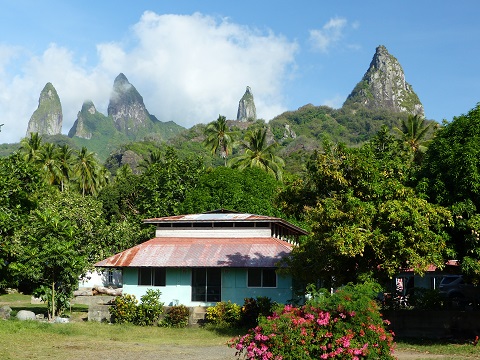 |
Random pictures from our month spent on the islands of Hiva Oa, Tahuata, Ua Pou, and Nuku Hiva
45 Photos
Created 18 July 2015
|
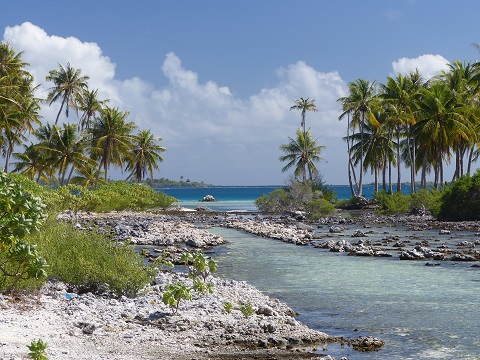 |
Random pictures from our month spent in 4 Tuamotu Atolls; Ahe, Fakarava, Tahanea, and Toau
32 Photos
Created 1 July 2015
|
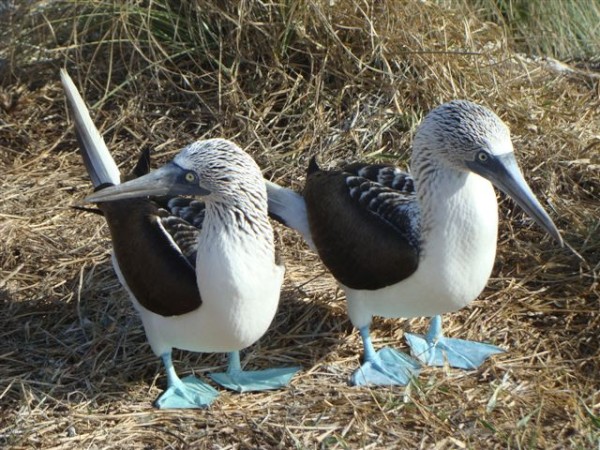 |
Some of the birds, fish, reptiles, and mammals (and others) that we have seen in Mexico
74 Photos
Created 5 May 2014
|
Tregoning

Who: Alison and Randall
Port: Gainesville, FL
